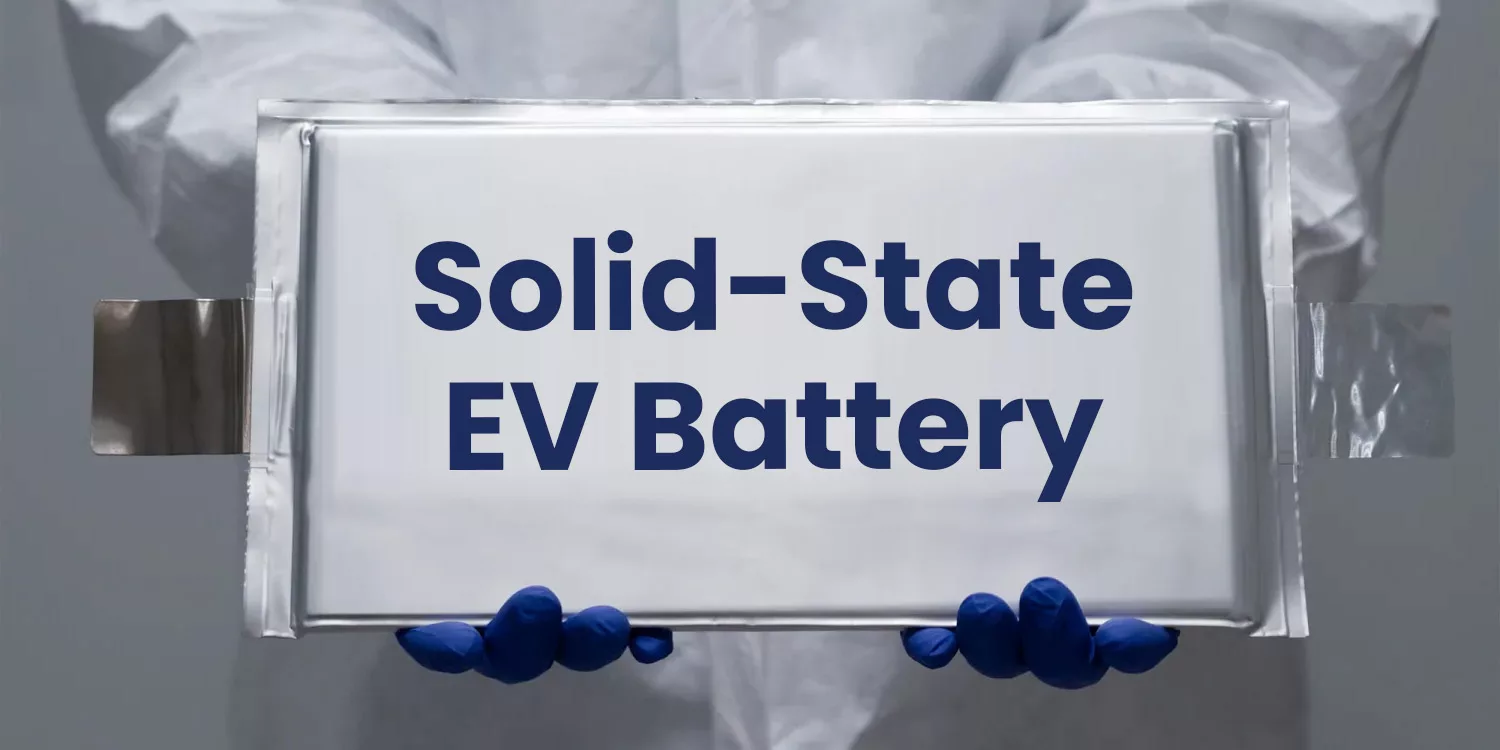Solid-state batteries (SSBs) have the potential to revolutionize renewable energy storage by offering safer, more efficient, and longer-lasting solutions compared to traditional lithium-ion batteries. As the world shifts towards sustainable energy sources, SSBs could play a crucial role in enhancing energy storage capabilities, making them vital for the future of renewable energy.
What Are Solid-State Batteries and How Do They Function?
Solid-state batteries utilize a solid electrolyte instead of the liquid or gel electrolytes found in conventional lithium-ion batteries. This design allows for more efficient ion transport between electrodes, resulting in higher energy density and improved safety. The solid electrolyte minimizes risks associated with leakage and thermal runaway, common issues with liquid electrolytes.
Why Are Solid-State Batteries Significant for Renewable Energy?
Solid-state batteries are significant for renewable energy due to their ability to store large amounts of energy efficiently and safely. As renewable energy sources like solar and wind become more prevalent, reliable energy storage solutions are essential to manage supply and demand fluctuations. SSBs can provide the necessary capacity to store excess energy generated during peak production times for later use.
What Advantages Do Solid-State Batteries Offer Over Conventional Lithium-Ion Batteries?
Solid-state batteries present several key advantages:
| Advantage | Solid-State Batteries | Conventional Lithium-Ion Batteries |
|---|---|---|
| Energy Density | Higher | Lower |
| Safety | More secure | Risk of leaks and fires |
| Lifespan | Longer | Shorter |
| Charging Speed | Faster | Slower |
This table highlights how solid-state batteries outperform conventional lithium-ion batteries in critical areas that affect performance and safety.
How Will Solid-State Batteries Enhance Energy Storage Solutions?
The integration of solid-state batteries into renewable energy systems is expected to enhance performance metrics:
- Increased Capacity: Higher energy density allows for more compact storage solutions.
- Faster Charging: SSBs can support quicker charging times, improving efficiency.
- Improved Reliability: Enhanced safety features lead to greater confidence in energy storage systems.
What Challenges Must Be Addressed for Solid-State Battery Adoption?
Despite their advantages, several challenges hinder the widespread adoption of solid-state batteries:
- Manufacturing Complexity: Producing solid electrolytes at scale is technically challenging.
- Cost: The initial production costs of SSBs are higher than those of conventional lithium-ion batteries.
- Material Availability: Sourcing materials required for solid electrolytes can be difficult.
How Are Researchers and Companies Advancing Solid-State Battery Technology?
Many researchers and companies are actively working to advance solid-state battery technology. Organizations like Toyota, BMW, and various startups are investing heavily in research to overcome existing challenges associated with production and cost reduction. Collaborations between automotive manufacturers and battery producers are also fostering innovation in this field.
What Is the Future Outlook for Solid-State Batteries in Renewable Energy?
The future outlook for solid-state batteries is promising as advancements continue in materials science and engineering. With ongoing research addressing existing challenges, SSBs are expected to become commercially viable within the next few years. This shift will likely revolutionize renewable energy storage solutions, enabling a more sustainable future.Industrial News
Recent developments indicate that solid-state battery technology is gaining traction among major manufacturers looking to enhance renewable energy storage capabilities. Companies are ramping up research efforts to overcome technical challenges associated with production scalability and cost reduction. As these advancements continue, solid-state batteries are expected to play a pivotal role in the next generation of energy storage solutions.Redway Expert Insights
“Solid-state batteries represent a transformative opportunity for renewable energy storage,” states Dr. Min-Jae Lee, an expert in battery technology. “Their enhanced safety and efficiency could significantly improve how we harness and store renewable resources, paving the way for a more sustainable future.”
FAQ
What are solid-state batteries?
Solid-state batteries use a solid electrolyte instead of liquid ones found in conventional lithium-ion batteries, offering higher energy density and improved safety.Why are solid-state batteries important for renewable energy?
They provide efficient and safe storage solutions necessary for managing supply and demand fluctuations in renewable energy systems.What challenges do manufacturers face with solid-state batteries?
Challenges include manufacturing complexity, higher initial costs compared to conventional batteries, and material sourcing issues.



